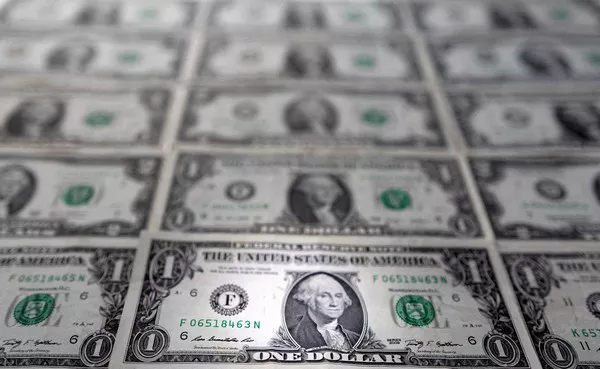In short: deflate bubbles and inflation.
First America raised interest rates to curb its own high inflation.
Moreover, the purpose of raising interest rates is to forcibly withdraw money from the market through intervention.
At the same time, it will increase the liquidity of loans from here, which will be suppressed later, and bring the money back.
The return of funds can slow down the speed of economic development and reduce inflation.
Add to that the dominance of the dollar, and every rate increase has a simultaneous impact on the global economy.
The second is accompanied by domestic inflation in the United States, and the global inflation crisis caused by the dollar liquidity crisis.
In this case, the Federal Reserve started this round of interest rate hike policy, which will inevitably lead to the return of international capital to the dollar.
Because a higher dollar means a higher dollar, other countries must depreciate.
Since this period of time,, have appeared different degrees of depreciation, its reason appears here.
Because capital itself is profit-seeking, capital must withdraw from these countries and return to countries with higher interest rates, given the interest rate difference.
The result, in this case, is a collapse in other countries’ assets and hyperinflation that devastates their economies.
The Fed‘s current logic for countering inflation is to achieve price stability through a slowdown in demand in the hope that demand and supply are more balanced.
Whether it will work, however, is in doubt.
And Fed tightening, including aggressive rate hikes and quantitative withdrawal, would have to be enough to tame inflation, and could come with the risk of a financial market bubble bursting and a recession.




























